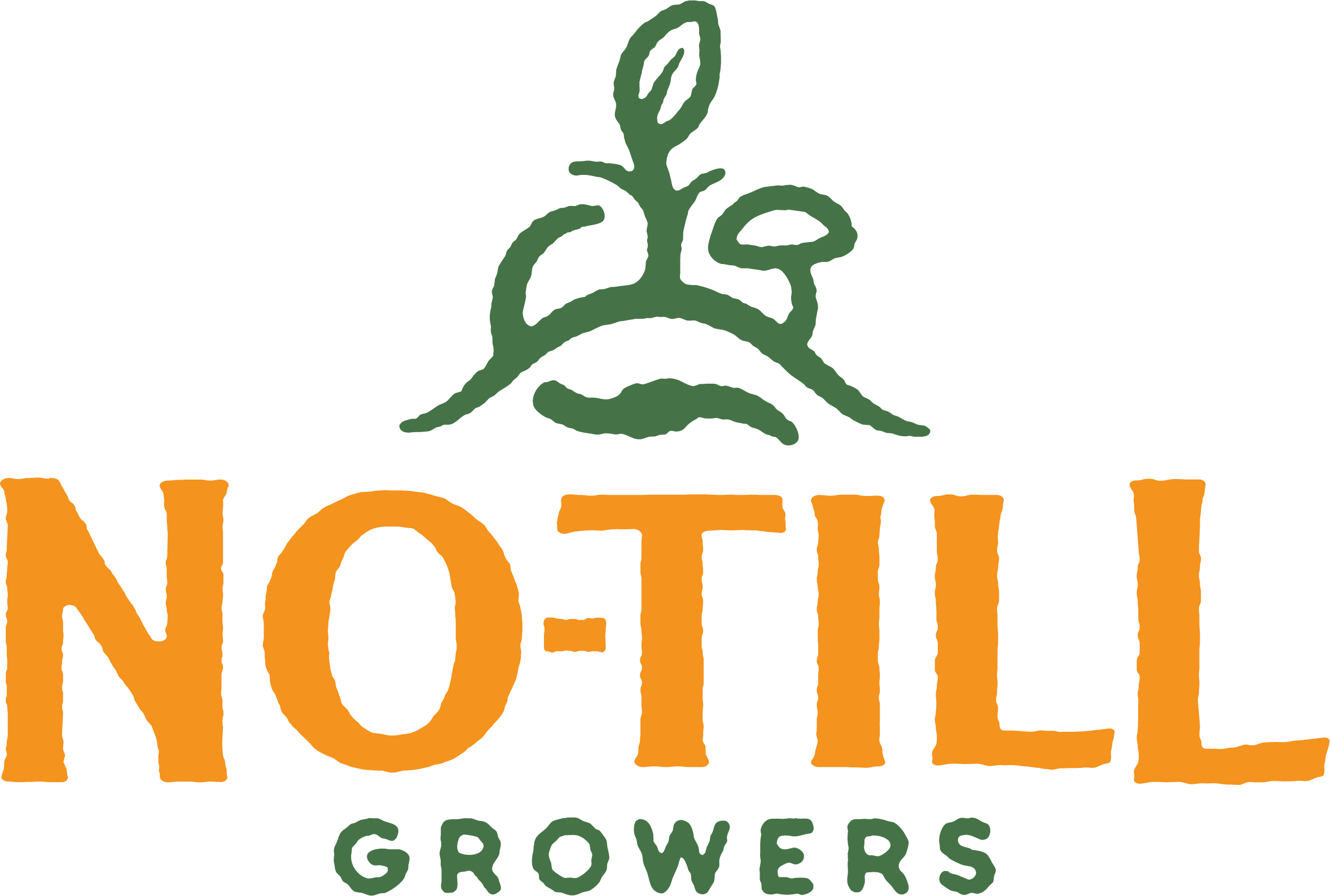Field Notes, Farmer Jesse: Is The Broadfork a Tillage Implement?
Few ideas divide the no-till market gardening community quite like “does broadforking count as tillage?”… and I’m going to put the whole thing to rest today.
Because it’s a horrendously flawed question.
If you take a walk out to my garden with me (which isn’t much of a walk at around 100 yards from my front door, but we’ll bring a beer and at least make it fun, eh), you can plunge your hand deep into certain beds. Other beds will be a little harder. A few, still, nowhere close. Perhaps that’s a product of my poor management in the beginning, the slight differences in soil composition, low organic matter, or what have you. Further, if I were to simply plant a crop into those plots where I cannot easily sink my fingers into the soil it would, flat-out, not grow well.
Because I have bills to pay and mouths (and soil) to feed, I have to make decisions that line up with my ideals while also guaranteeing some amount of success in a crop. So, I broadfork those beds—I plant the tines, gently pull the fork back just enough ‘pop’ the soil slightly, and keep working backwards, disturbing the soil as little as possible. I’m not turning the soil over. I’m not bringing up subsoil. I’m simply adding a little air and attempting to break up the compaction so the plant roots can grow, water can penetrate, and the aerobic microbes (i.e. good guys) can breathe. I could be steadfast about no disturbance at all and wait for years as my plant roots work to till soil—crop failure after crop failure (read: farm payment after farm payment). Or I could lightly broadfork the damn bed and speed that whole freakin’ process up.
There lies the flaw in the question of whether or not the broadfork is a tillage implement: What is the goal of the implement? A tool is what you need it to be (I’ve used plenty of things as a hammer that aren’t hammers). It is at the mercy of the user. And because we like to (arguably, need to) emphasize a nuanced, no-dogma approach to no-till gardening and farming that involves disturbing the soil as little as possible, the broadfork can still live in that “when necessary” realm, as can most any tool. Indeed, you can do as much harm with a hoe or wheel barrow as you can with a broadfork—it’s all in how the grower uses it. And sometimes, the grower needs to use it to simply succeed (priority number one of sustainability).
I’d love to stop using the broadfork for a lot of reasons. It’s incredibly time consuming, for one. It’s heavy (I use the Meadow Creature pictured above, it’s a hoss). The broadfork is muda. Moreover, the broadfork certainly does interfere with some beneficial fungal connections. Not all, but some. So, the goal is to have fewer and fewer beds that need this tool, or more specifically the effect the tool produces, year after year, but that’s the long-term goal. And a realistic one, too. That said, it also a goal that—by actually using the broadfork responsibly, as opposed to not at all—will help me achieve the desired result more rapidly and in a more financially responsible manner (mouths, you know) than not using it at all.
The problem with splitting hairs over what tools or specific practices do or do not constitute no-till is it turns people off. It assumes no-till can be achieved overnight in any soil simply by management alone.
Is the broadfork a tillage implement? The short answer is… meh. Give it a rest, there are bigger problems in agriculture to mend. For us at No-Till Growers, it’s a tool that’s helping us grow both soil and plants. Hopefully, one day, it will be a tool that—in it’s use—makes itself obsolete.
Our purpose is to bring you—the farmer—the best no-till growing content out there for free. If you found this post to be of value, and want to see No-Till Growers grow, support our work for as little as $2/month on Patreon or Venmo/Paypal. Our work has already reach thousands of growers across the globe. If we can get to $1,000/month we’ll be able to produce a second season of the No-Till Market Garden Podcast and a ton more content for notillgrowers.com
